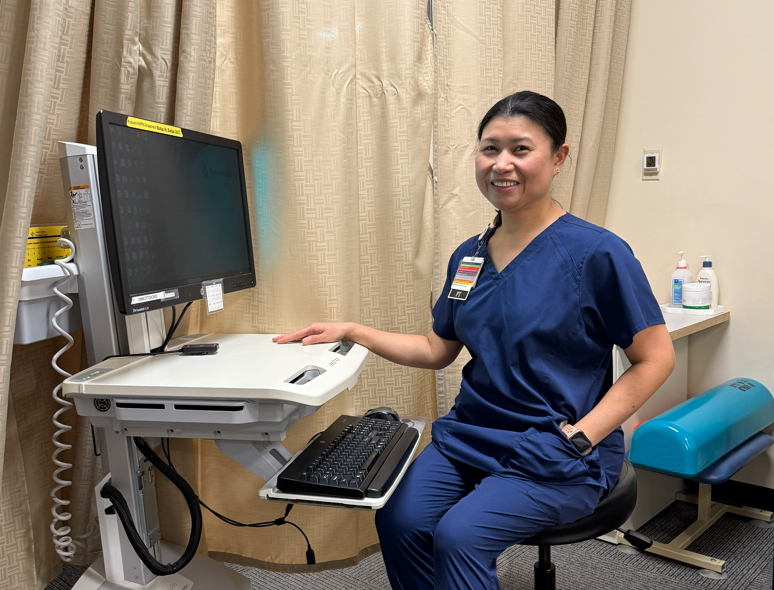How can parents/guardians provide reassurance to children when a lot remains unknown? COVID-19 has changed our world in a short amount of time—and perhaps the course of history—but how can parents talk to kids about it now?
Krystle Balduzzi, M.D., pediatrician at Sutter Gould Medical Foundation, suggests that parents/guardians acknowledge that the situation affects adults just like it affects kids. Families are watching the news or absorbing information via social media trying to find the answers that will make each other feel safe. This is where parents and caretakers can model good behavior by sharing emotions in a healthy way and encouraging children to do the same. “In order to help our kids we need to help ourselves first,” she says. “We need to understand the extreme fluid nature of this whole situation.”
Creating a Safe Place to Share
Most kids know about the coronavirus and will have questions. Dr. Balduzzi suggests parents and guardians need to ask and answer questions about COVID-19 in an age-appropriate way. “Saying everything will be fine or ‘don’t worry about it’ won’t cut it,” she says. “Reassure the child that they are safe and that everyone is working together even though we can’t be with others.”
How IS the Family Helping?

Dr. Balduzzi suggests focusing on ways the family is helping the situation: washing hands with soap and water for at least 20 seconds, keeping distance between themselves and others, making sidewalk art for neighbors or donating supplies to those in need. Children may also have questions about when they can return to friends or school. Dr. Balduzzi recommends being honest and saying no one knows yet. Rather, encourage children to help think of other ways to stay connected, like virtual visits with friends, teachers or extended family.
Finding a New Norm
Children crave structure, says Dr. Balduzzi, so getting them back into a schedule as much as possible is key. It’s important for parents and caretakers to get older kids’ input on the structure they would like to create for themselves. For those caring for younger ones, charts can help visually signal how they can stay on track. “We are now their teachers, too, and schools run on schedules, so we should considering doing the same,” she says. Dr. Balduzzi recommends keeping things simple at first: wake up, get dressed, school time, craft time, lunch, outdoor time, etc.
Family Bonds
For those in the immediate household, this is a time to stay close and connected. Hug your child, play with them at their age-appropriate level or cuddle on the couch for a movie. Dr. Balduzzi states that this will help kids feel safe. When kids don’t feel safe, they tend to act out. This behavior change can include temper tantrums, new bedwetting or fear of the dark. For older children, this can include more risk-taking behaviors. “We need to create a safe, calm environment so that their growing minds can process what’s going on around them,” she says. Dr. Balduzzi also emphasizes that it is important for parents to acknowledge that they are human and to always forgive themselves if they have a breakdown. “Sometimes we need to get it out in order to move on,” she says. “These are trying times for everyone and the saying ‘we are all in it together’ never held more meaning than it does now.”





